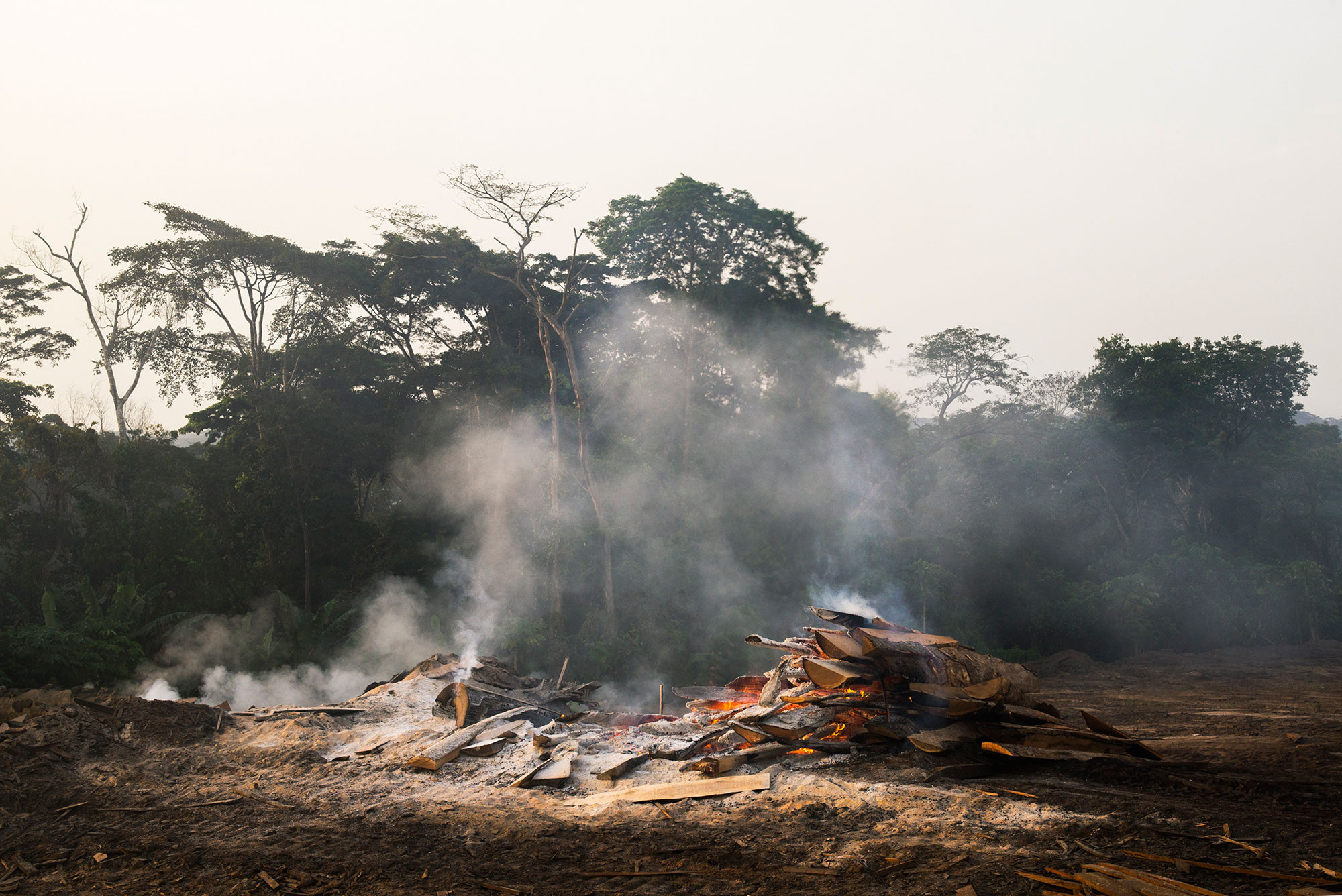
Over the course of the last three years, French photographer William Daniels made 10 trips to the Central African Republic to report on the country’s rapid descent into civil war and its very slow and still fragile recovery. His photographs were published, including in TIME, and exhibited internationally. Now, they are the subject of a new book, RCA, that takes a different approach — one that’s more reflective, “more subtle, more personal,” says Daniels.
He spoke to TIME about his process.
When I look at the work you’ve done in the Central African Republic that was published in magazines, it was about chaos and violence. Yet, your book is different. It seems to be about a country that’s trying to understand itself in the mist of that violence. Was that purposeful?
The majority of the images that were published, I made them as a photojournalist covering a hyper-violent conflict. I have to admit that it’s a very photographic subject and that it was relatively easy to get access to this violence — it happened in front of our eyes, at least during the crisis’ first months. When I started working on this book, I didn’t see any point in publishing these pictures again. Plus, from the end of 2014, I went back to CAR with grants from Getty Images and from the World Press Photo’s Tim Hetherington prize, so I wasn’t on editorial commissions. As a result, I didn’t want to chronicle an unfolding crisis but, instead, focus on creating a portrait of this country, explore its context, but also the causes and consequences of this crisis.
So the second part of my work in CAR, which constitutes the majority of this book, is not made up of news images. Instead, they are quieter images – and more personal as well. One of the benefits with working with grants is that it gives you time to reflect and to make images that are more subtle, more personal. You can work on the feelings of a place, of an event.
How did you approach the making of this book?
I didn’t want to approach this book as yet another book designed like a magazine portfolio. I wanted it to stand on its own, which is not always easy with such images. So, I decided to work with a young designer named Charlotte Guy who has worked on creative and literature projects before. Together, we exchanged a lot and spent more than six months reflecting on the images, their order, the dummy.
Purposely, there’s little text in the book. I made the choice to offer little of the information I collected over my ten trips to the country. I wanted the images to speak for themselves. This book is not the result of a journalistic investigation. This work is intemporal, which is why the images are not dated. These photos could have been shot in the 1990s or early 2000s, as the foundations of the current crisis form part of the country’s identity. These photos could also be about a future crisis as, unfortunately, I believe will come.
You’ve spent several years in this country. Is this book the end of your work there?
Yes. For me, it’s the opportunity to turn a leaf, at least for now, on CAR. I’m sure I’ll go back, because I have a deep affection for this country, but this will be in five or ten years. Right now, since I’ve spent so much energy on this work, I’m not sure I would be able to make any new interesting images.
William Daniels is a photographer represented by Panos Pictures. Follow him on Instagram.
Olivier Laurent is the editor of TIME LightBox. Follow him on Twitter and Instagram @olivierclaurent
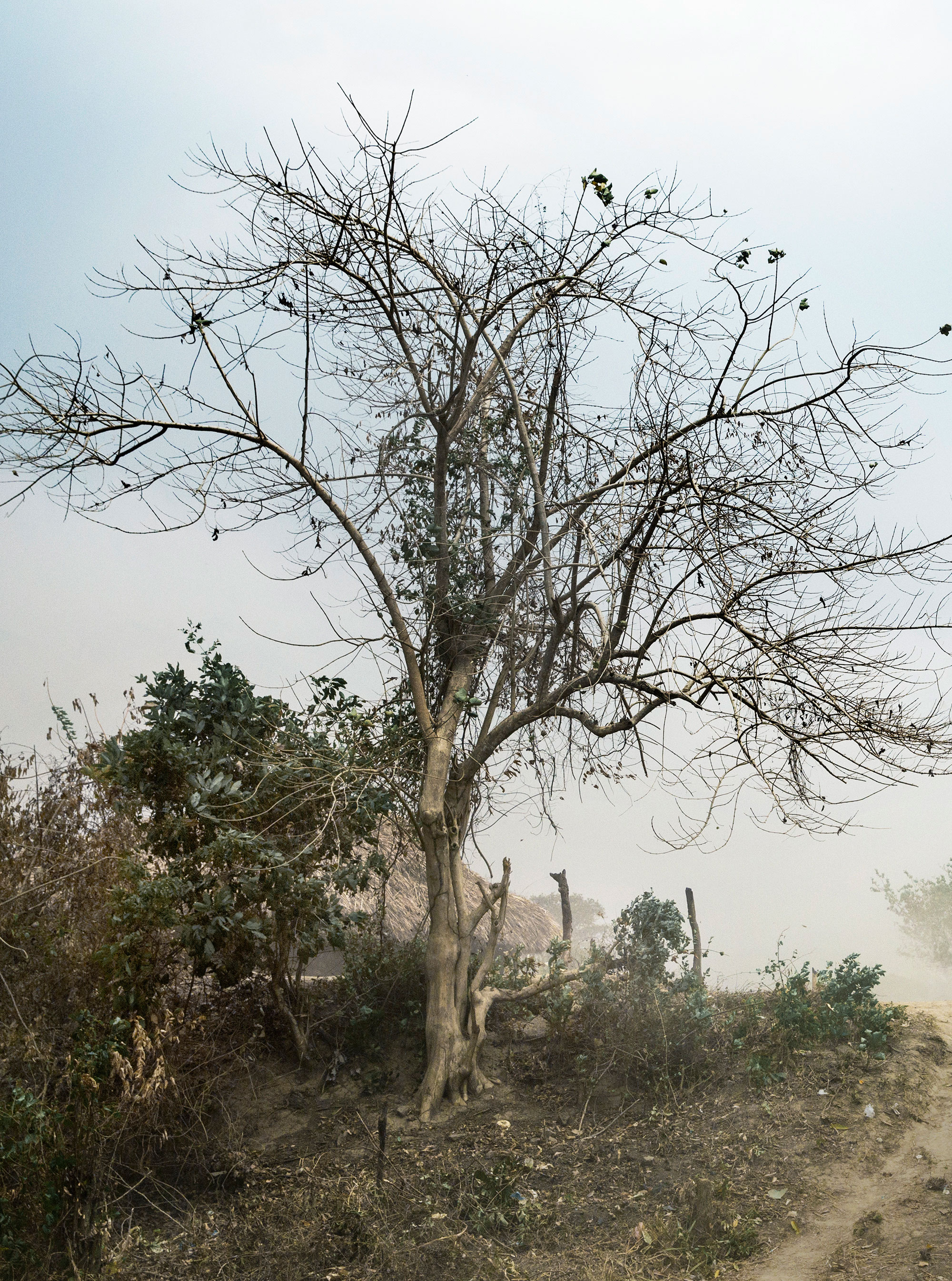
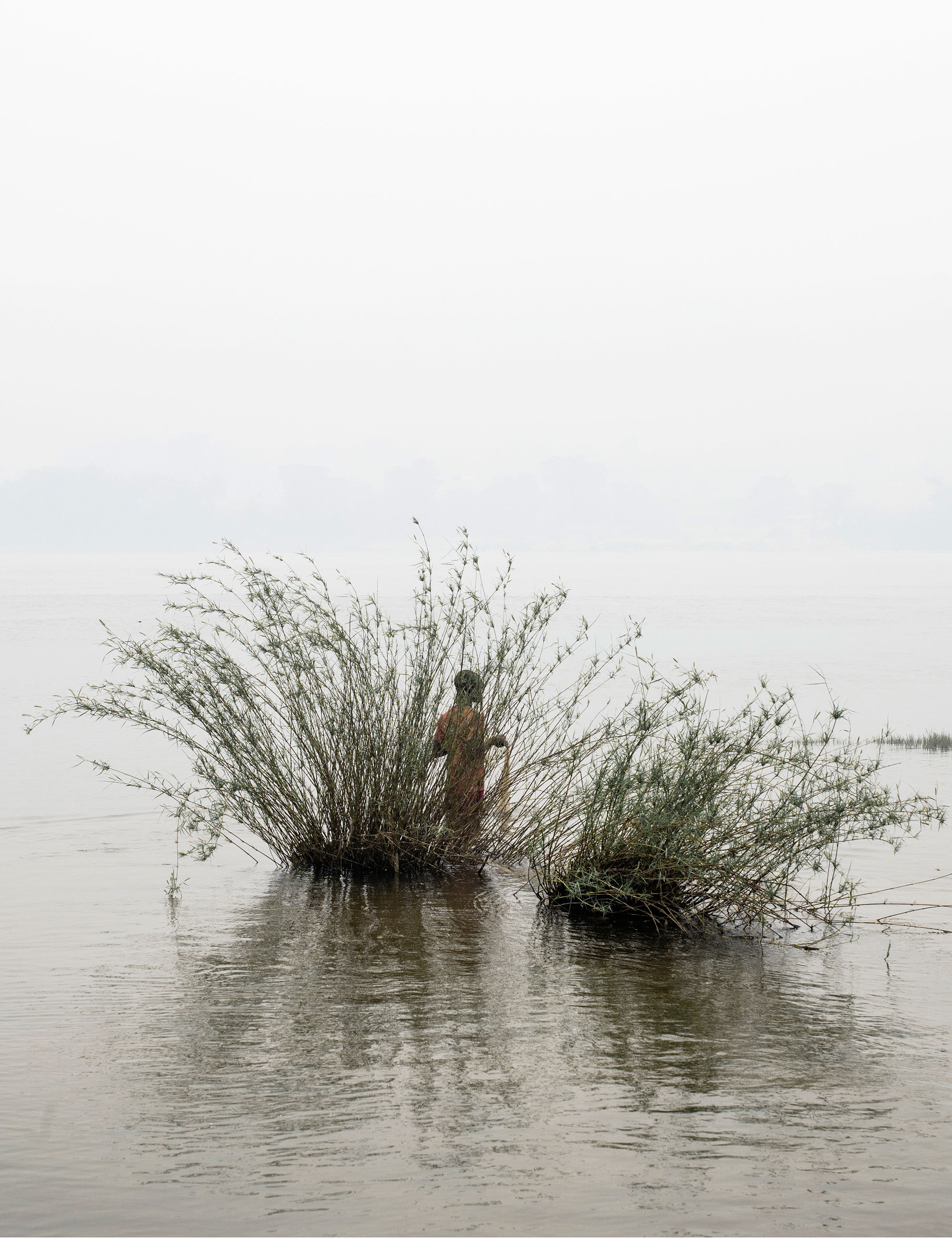
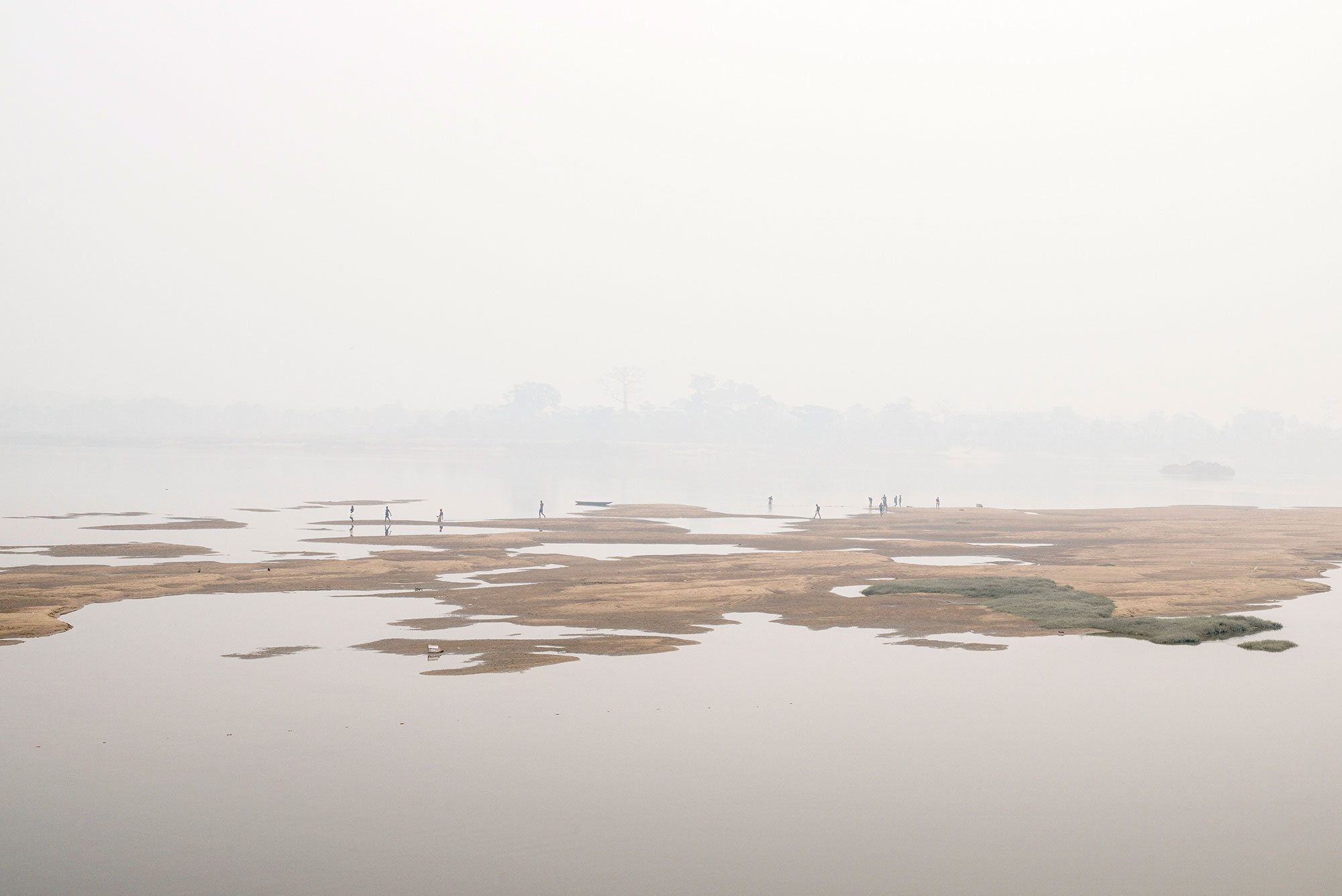
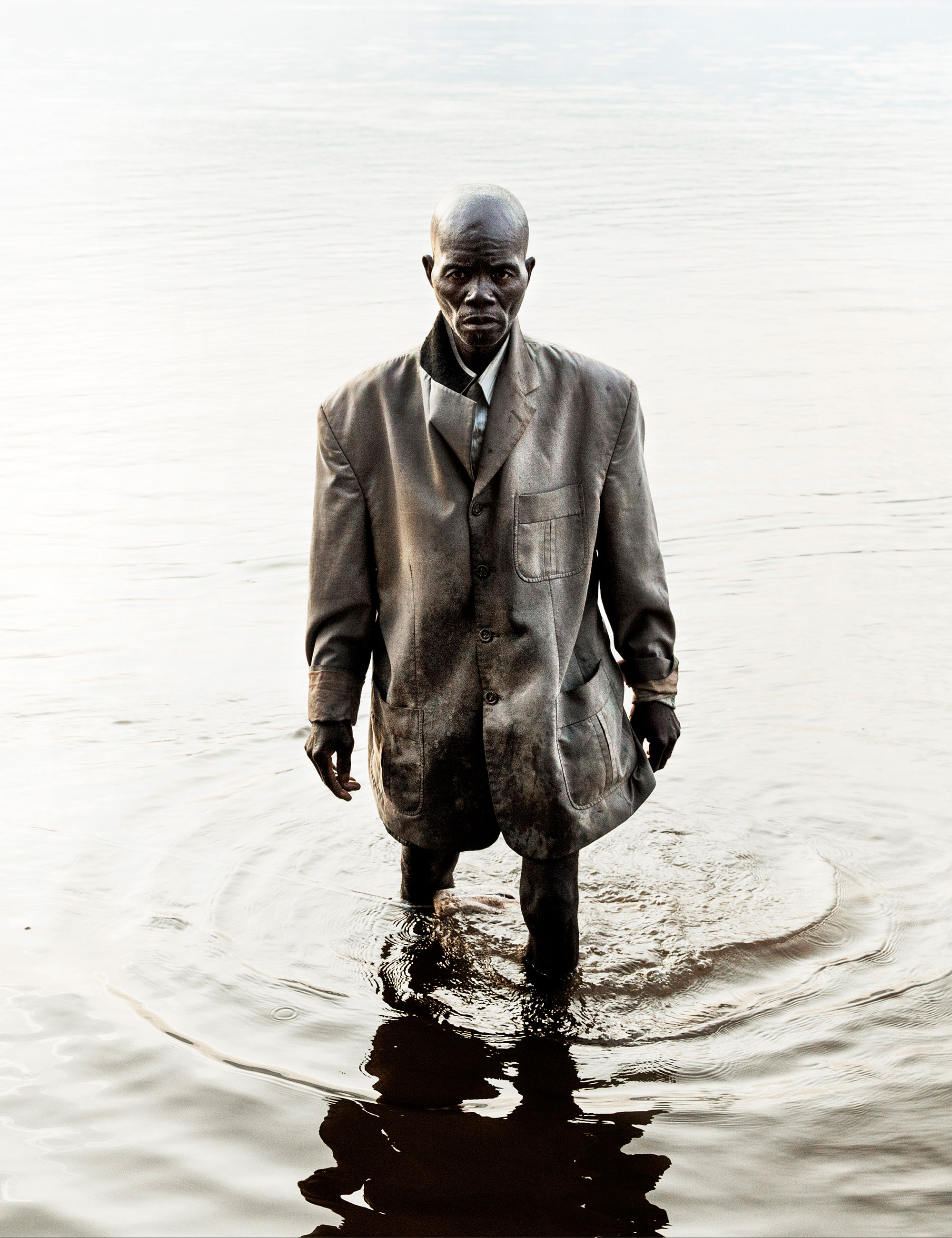
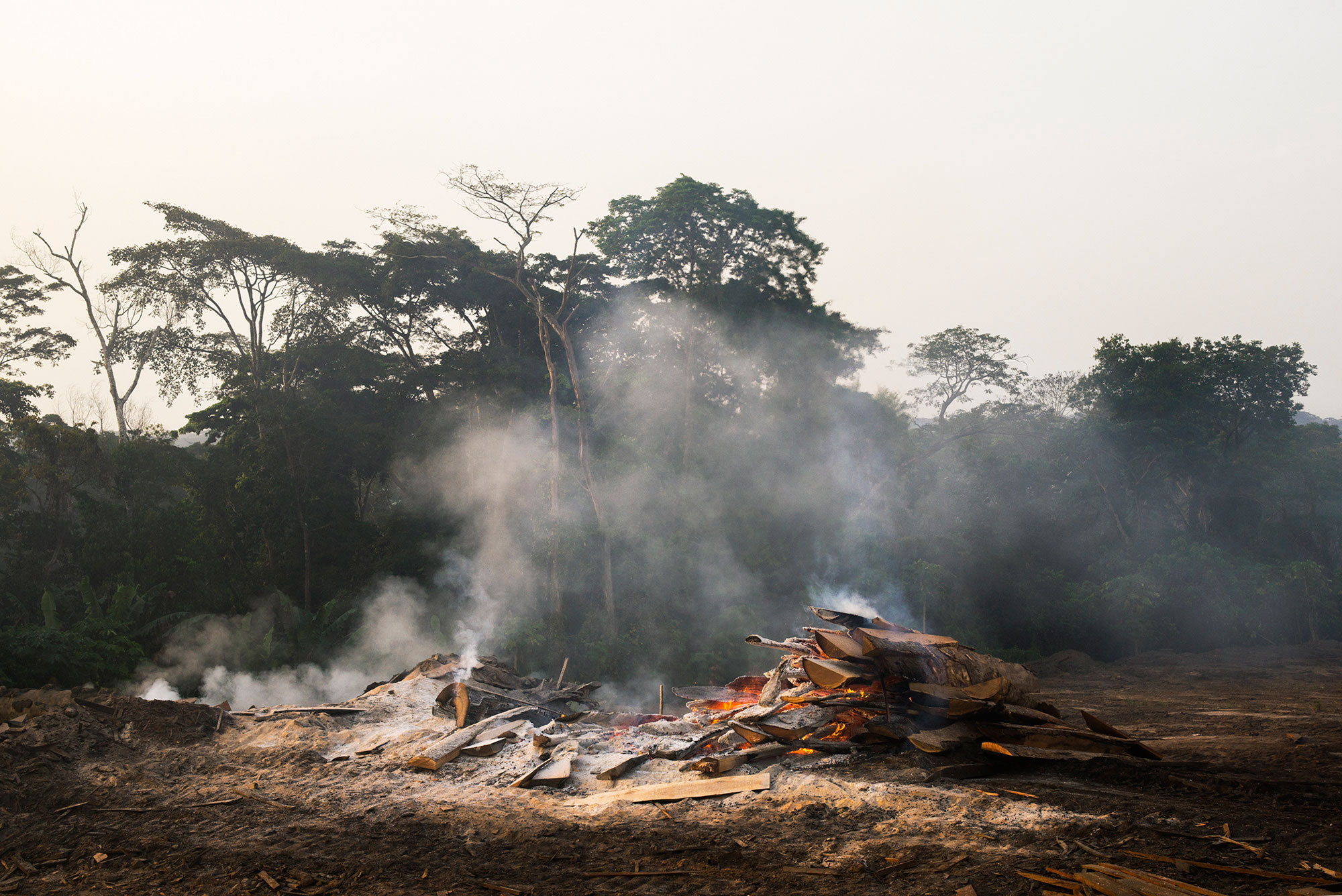
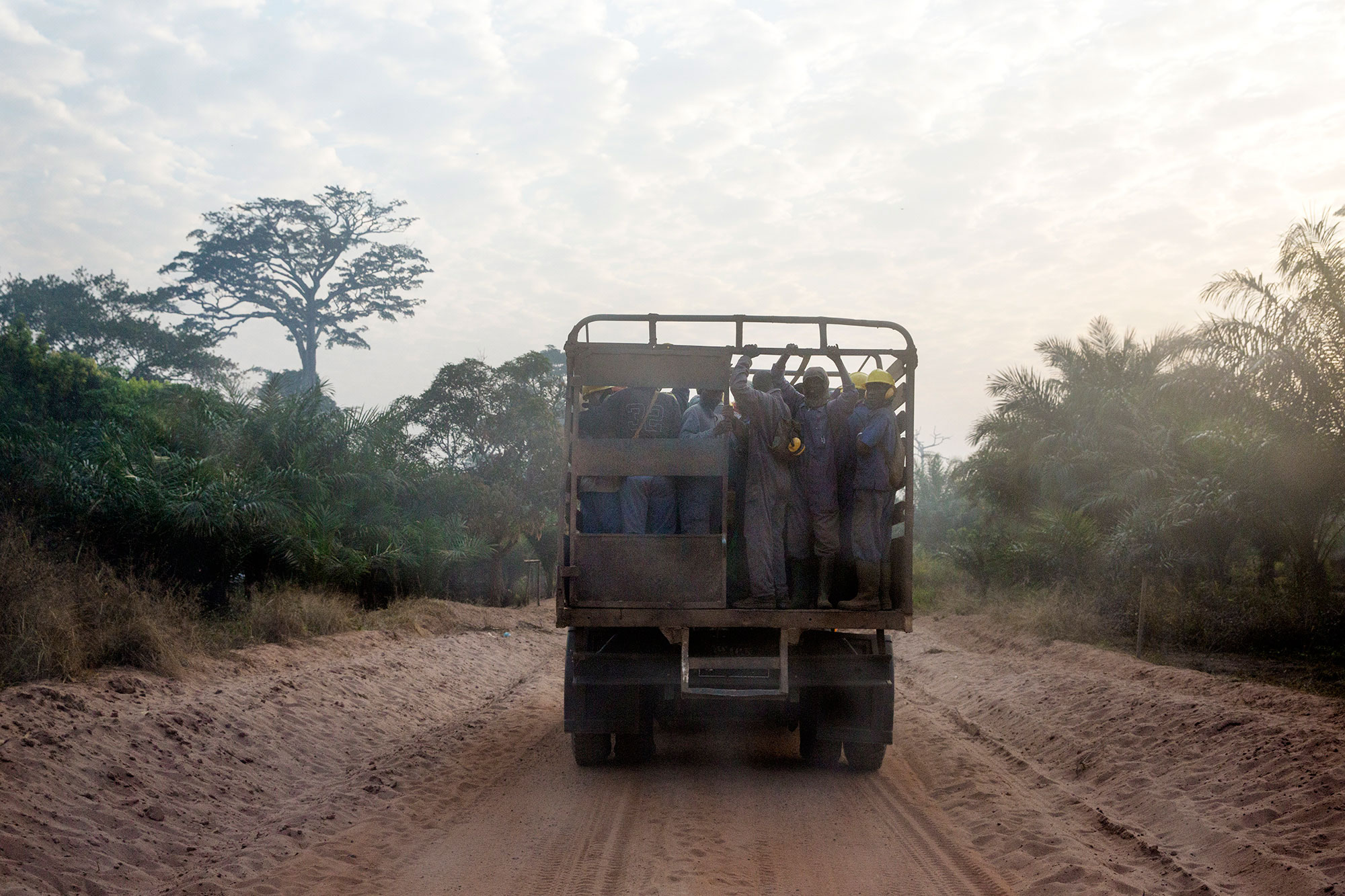
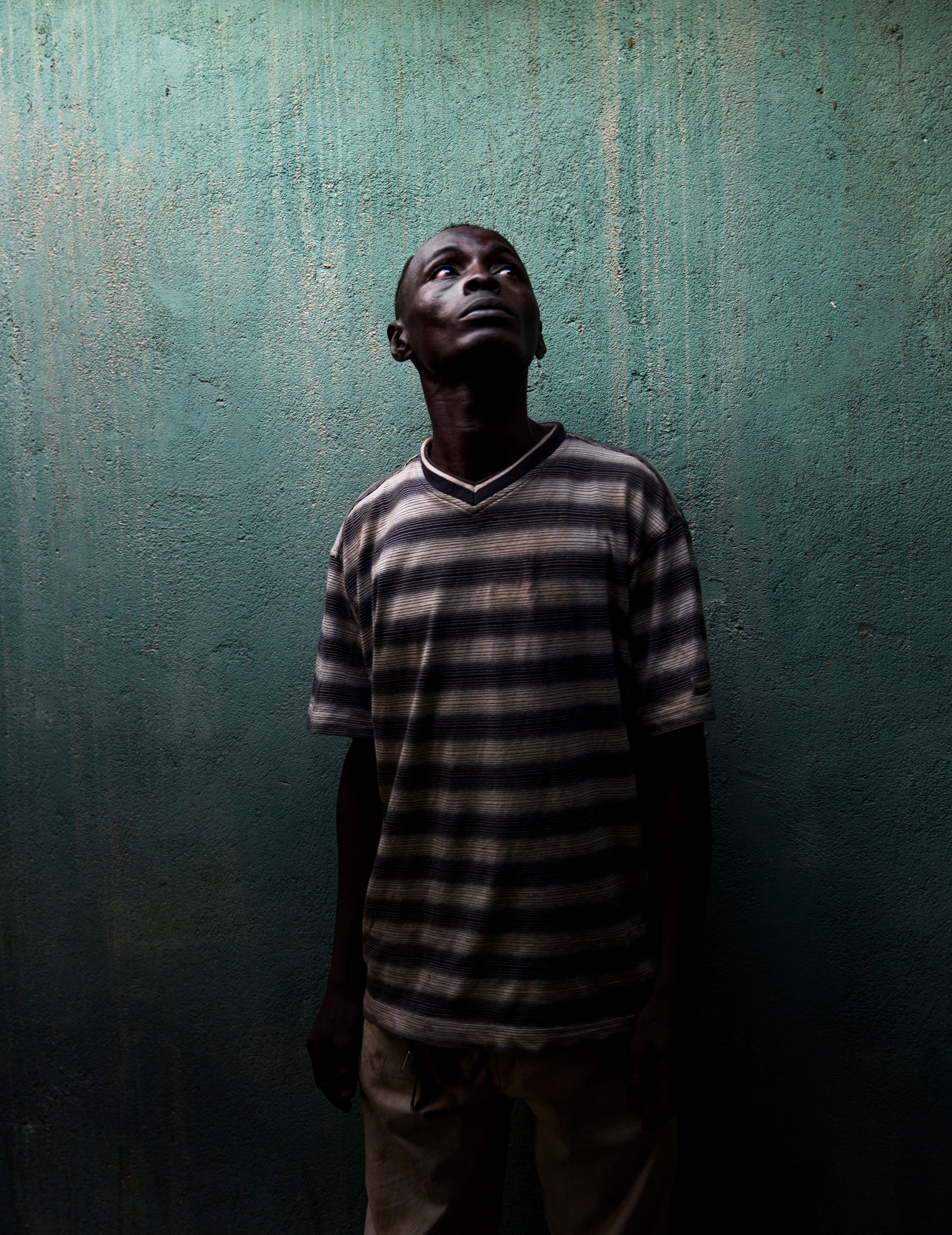
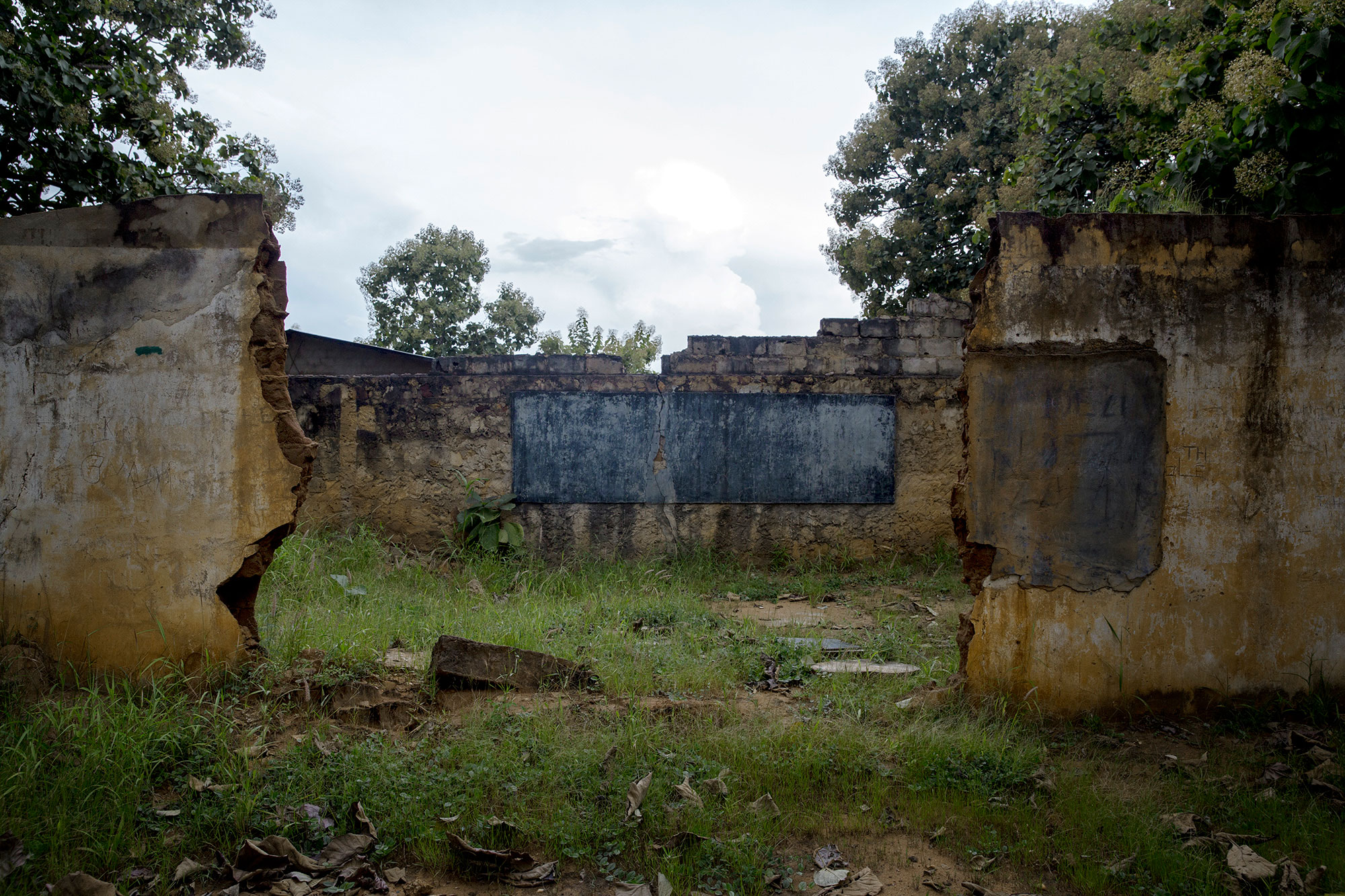

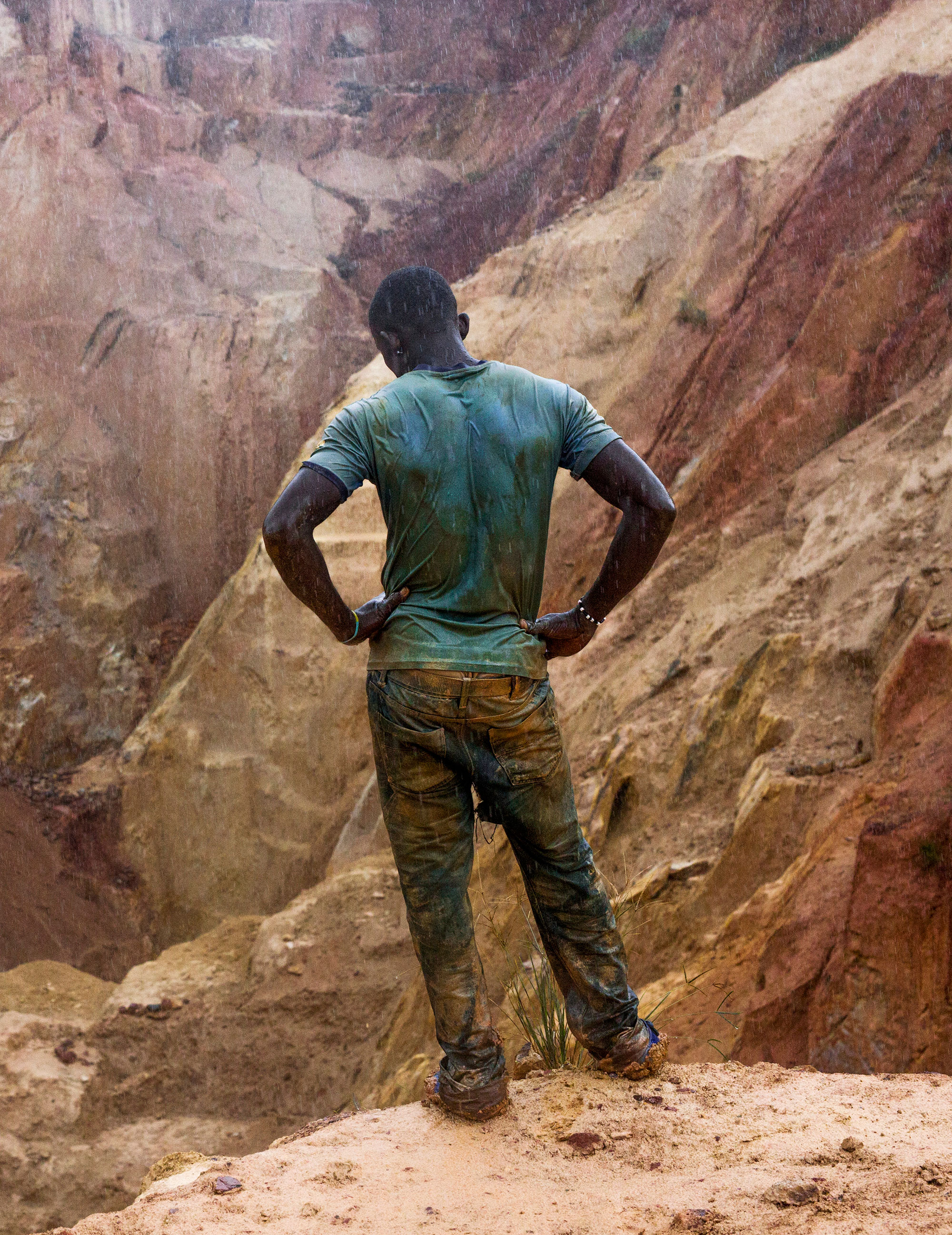
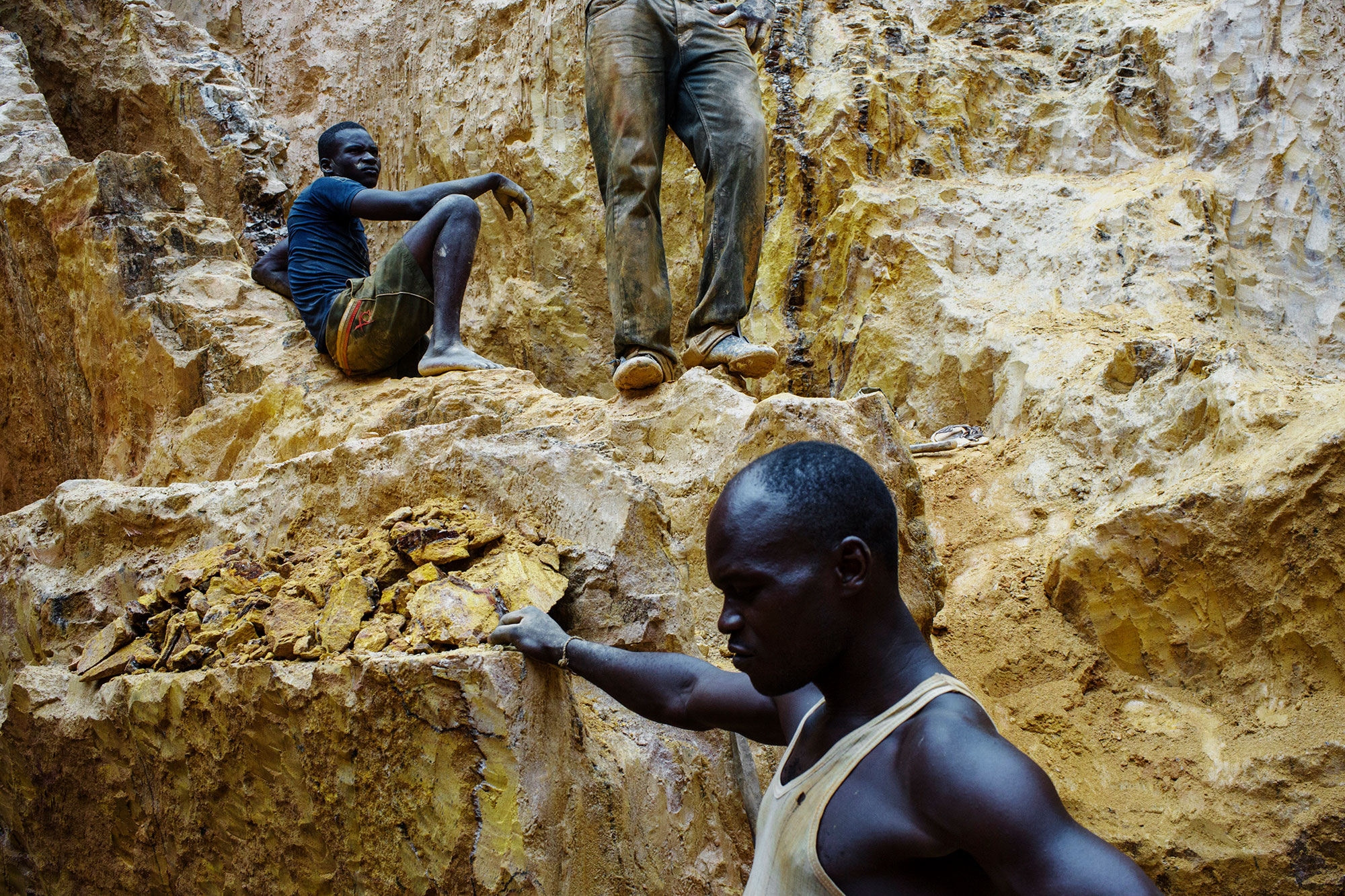
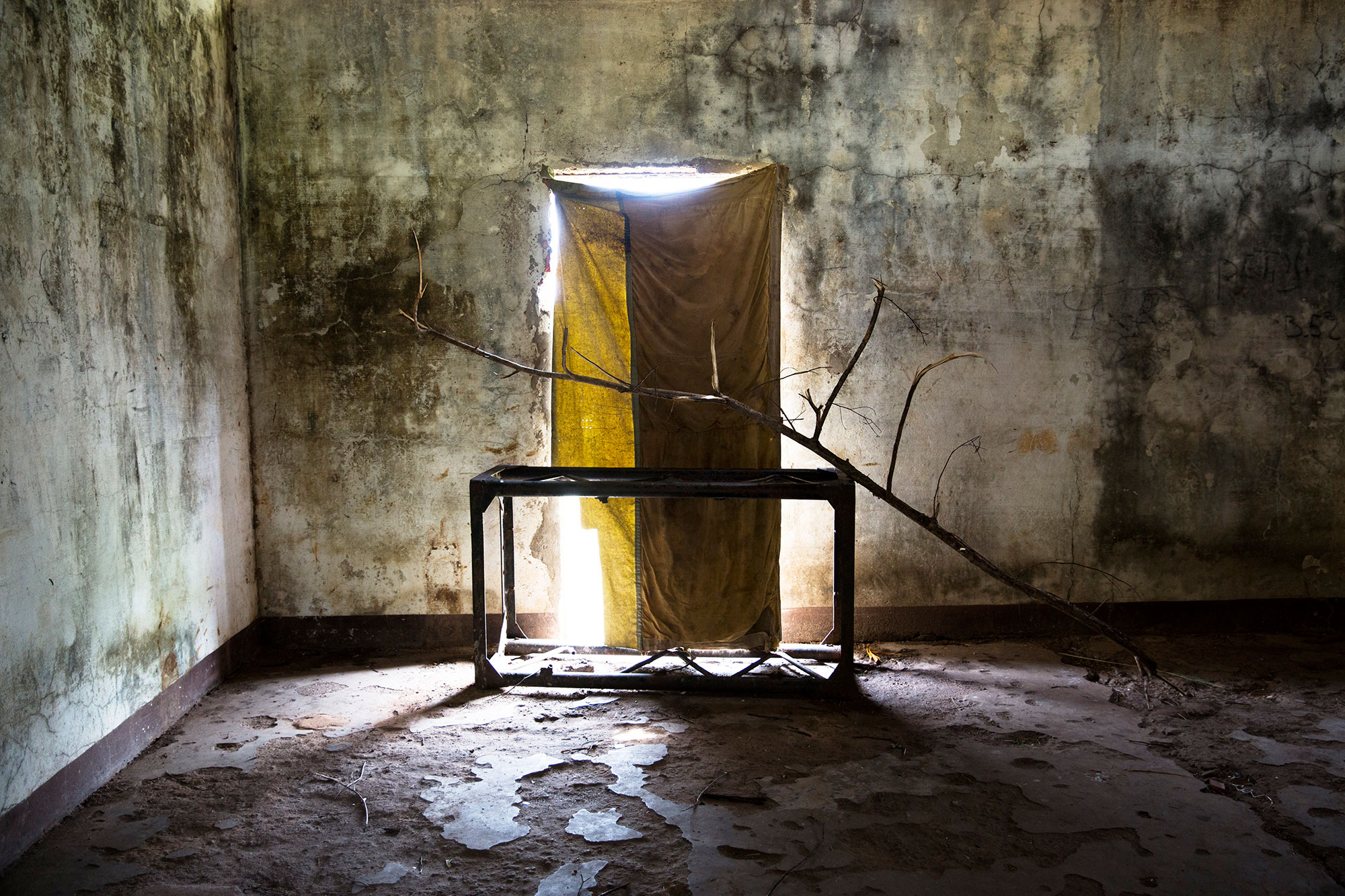
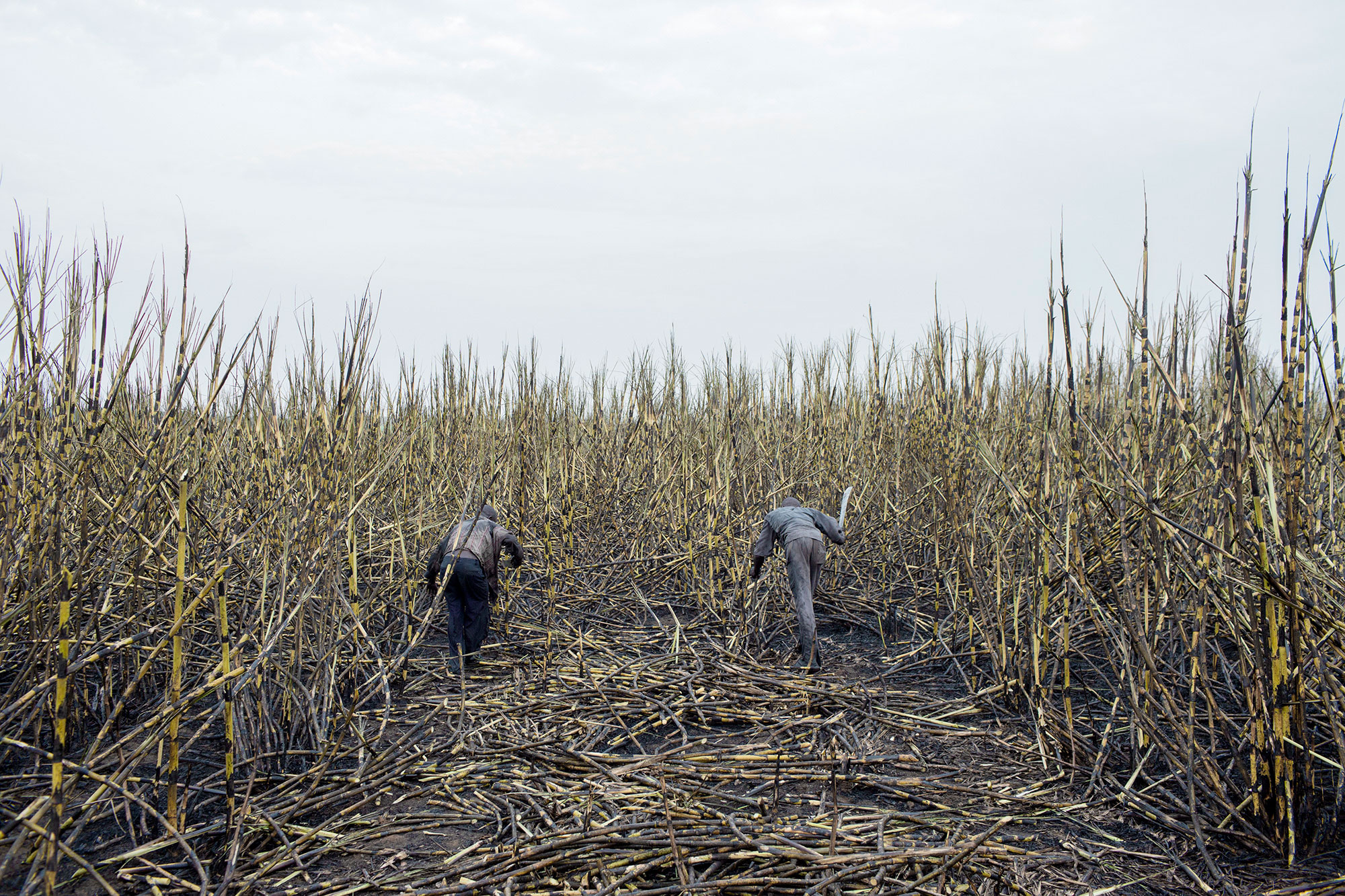
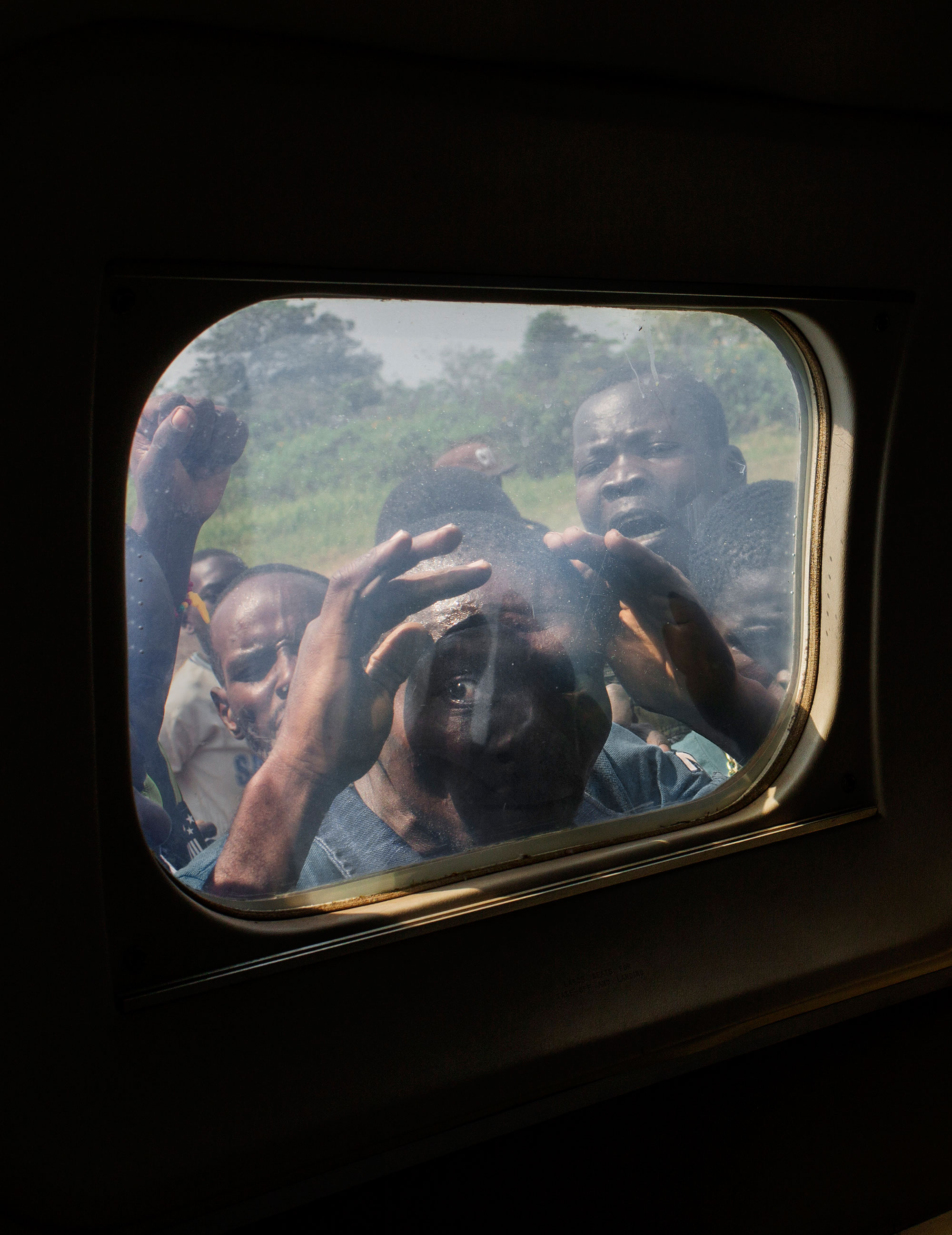
More Must-Reads from TIME
- Cybersecurity Experts Are Sounding the Alarm on DOGE
- Meet the 2025 Women of the Year
- The Harsh Truth About Disability Inclusion
- Why Do More Young Adults Have Cancer?
- Colman Domingo Leads With Radical Love
- How to Get Better at Doing Things Alone
- Michelle Zauner Stares Down the Darkness
Contact us at letters@time.com